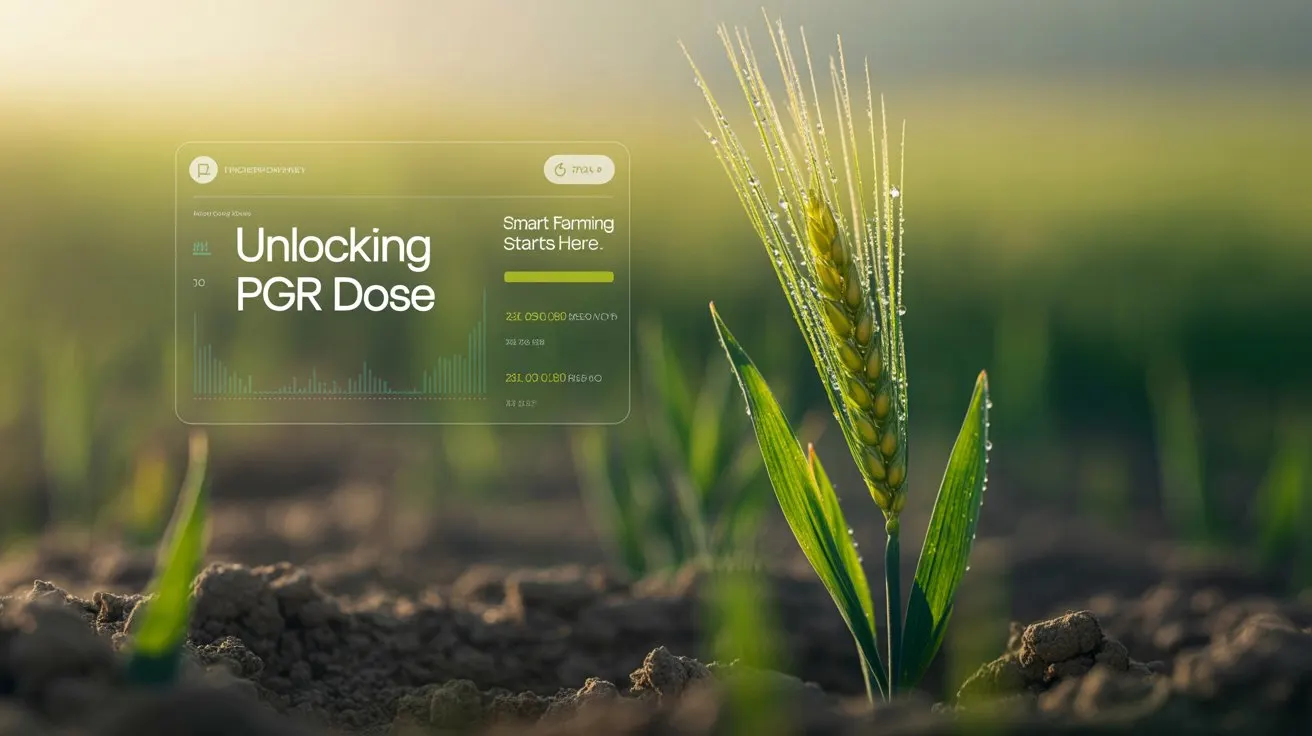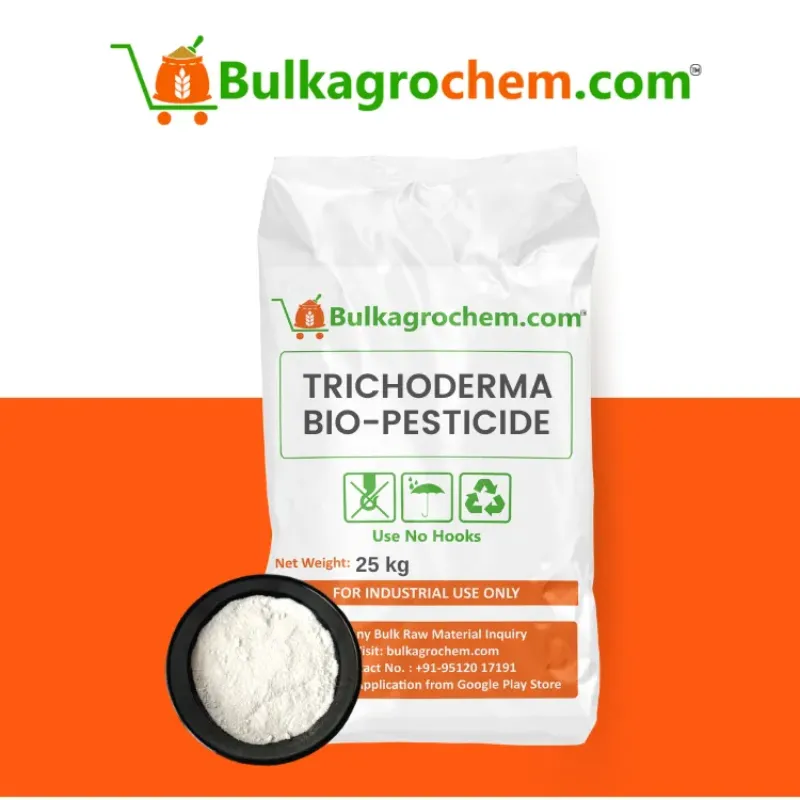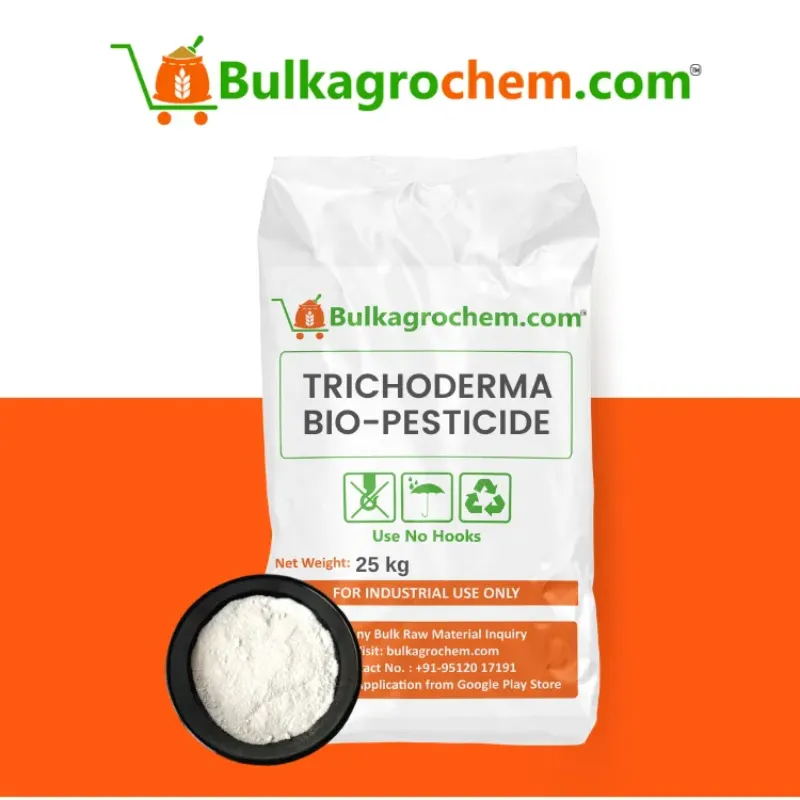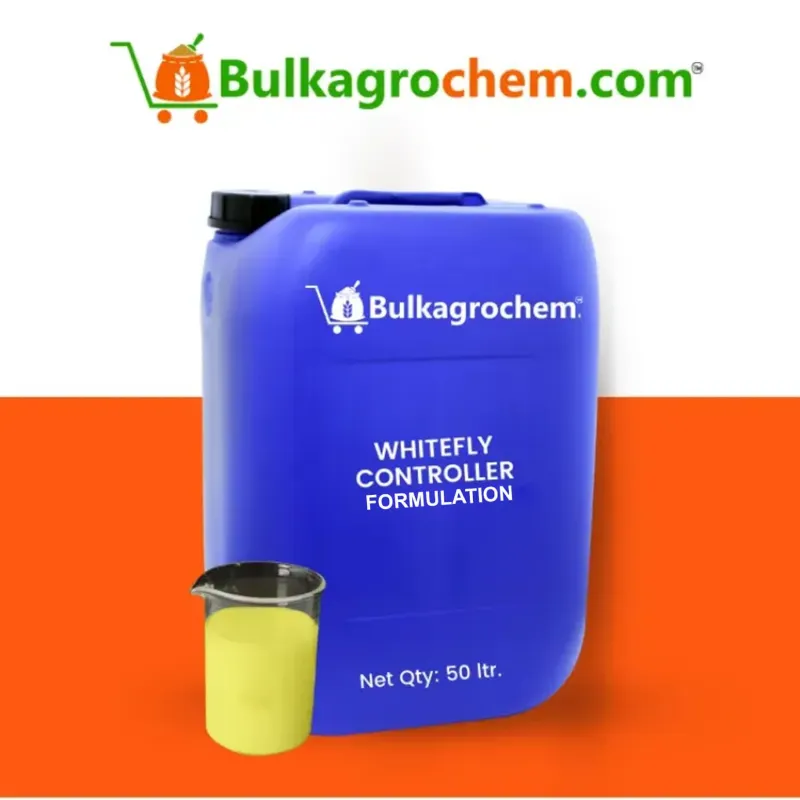Positive growth regulators use active ingredients such as Absicic (BC) Acid, auxins, gibberellin (GA), and cytokinins for the desired response, but only to a certain limit. To a certain extent, the total amount of material is of less consequence than dosage and plant physiology.
A pgr dose is mainly involved with timing, and the pgr relates to a fixed frame of time for crop growth, such as auxin at transplant, or gibberellin before flower starts.
The amount of nutrient needs to be irrelevant if the crop cannot express its full genetic potential; with the right timing on pgr, crops should express more uniform coid, improved root developments, and stress tolerance through knowledge of timing.
Introduction: pgr Dose and the Role of pgr Plant Growth Regulator
A regulator (like an auxin that stimulates root development on transplanting, or a gibberellin to encourage stem elongation before flower) can release the crop from the restriction of input as though it was a standard fertilizer.
This pgr action takes a lot of trial and assessment trials to be able to develop uniform yields, improved root systems, or even stress tolerance. The pgr actions can take what is a very average input such as NPK and potentially realize the true value of creating a precision growth tool.
The basic concept of pgr do is taking an active ingredient and measuring the relative likelihood of a positive growth response, without the exact dosage.
Defining pgr Dose in Modern Crop Management
- Precisely timed: the use of even a small amount of pgr at the appropriate time can activate a gene associated with cell division or elongation or dormancy break.
- Microgram levels: The use of a few grams per hectare (oz/acre) could prevent you from impacting the root architecture of a plant, or it may be a beneficial stimulus to focus on the fruit set.
How pgr Plant Growth Regulator Differs from Standard Nutrition
- Signal versus supply: N-P-K fertilizer essentially acts to feed the standard biomass metabolism of plants. A pgr Plant Growth Regulator indicates to the plant many instructions related to growth— for example, a rooting signal, or a signal of impending stress from being transplanted.
- Multi-component meals: Mixing your regulators in with a pgr fertilizer means you will deliver nutrients and hormones concurrently for possibility of a double effect.
Why Precise pgr Fertilizer Use Transforms Yield and Quality
- Specific application timing: Knowing the ideal application timing of a PGR—for example, auxin at transplant, or gibberellin before bloom—means you've synchronized development across the entire crop.
- Resource Fulfillment Efficiency: With the appropriate pgr dose, crops will set stronger roots which show more depth, which means as more resource fulfullers in terms of water and nutrients leading to higher yield and quality without inputs.
The Science Behind pgr Dose: How pgr Plant Growth Regulator Works
Throughout the process of engaging the correct pgr dose, a precise pgr dose will trigger specific genetic functions to allow desired gene pathways associated with growth to be turned on when required, at the optimal timing. To boost efficiency, regulators are also delivered in a mixed formulation with nutrients in a pgr fertilizer product.
Cellular Mechanisms Activated by Correct pgr Dosing
The appropriate dosages of a plant growth regulator (PGR) lead to rapid receptor binding and subsequent activation of relevant gene expression:
- Receptor Binding: At their optimal doses, auxin or gibberellin analogues primarily bind to receptor proteins TIR1 or GID1.
- Signal Cascade: Binding of PGRs activates secondary messengers for example Ca2+ and MAP kinases to transmit signals to the nucleus.
- Gene Expression: When the signal is received by the nucleus, hormone-responsive genes are switched on leading to increased cell division or elongation of roots, stems or flowers.
- Volume Use Accuracy: Under application fails to initiate pathways while increased volumes may activate genes responsible for plant stress. It is essential to refine the PGR dose for the requisite plant effects.
Natural vs. Synthetic pgr Plant Growth Regulator Pathways
Natural and synthetic regulators use similar routes but differ in origin and stability:
Natural PGRs often provide a broad-spectrum boost (auxins, cytokinins) and improve soil microbiome.
- Synthetic PGRs deliver a uniform, stage-specific effect—ideal when exact timing is critical.
Synergy Between pgr Fertilizer Nutrients and Growth Signals
A pgr fertilizer ties together N-P-K and Micronutrients with hormonal signals – it feeds and directs growth in tandem:
- Root Development: The fertilizer's auxin-like regulators promote lateral rooting which would improve the plant's access to nutrients.
- Leaf Senescence Delay: The fertilizer's cytokinin components keep leaves green during heat, allowing for continued photosynthesis.
- Fruit Set Synchronization: Apply a gibberellin spray at bloom as your low-dose timing - this is the time to apply the pgr - so that fruit development is synchronized.
- Stress Preparation: The abscisic-acid analogues in the blend prepare the plant to respond to drought before drought hits.
Quick Application Checklist
- When to Spray: Morning or late afternoon to avoid UV degradation
- Mixing Order: Water → fertilizer → pgr plant growth regulator → gentle stir
- pH Range: Buffer to 5.5 - 6.5 for best stability of the pgr
- Spray Volume: 200 - 300 L/ha for foliar; 500 - 1 000 L/ha for drench
Benefits of Optimizing pgr Dose for Crop Performance
A calibrated and precise feeding/program of pgr dose turns off-the-shelf feeding plans into a great Yield enhancement program. When adjusting for both treatments, nutrient and hormonal signal, a pgr fertilizer plan offers consistent high achiever crops with strong plants.
Increased Yield and Uniformity with Precise pgr Fertilizer
Using a well-timed application of PGR to maximize plant growth:
- An average fruit size increase of 15% in tomatoes with early bloom application of foliar pgr fertilizer.
- Uniform sprays of auxin–cytokinin mixtures diminishes variation among plants, creating increased uniform stand in vegetative grain and field crops.
H3 Enhanced Stress Tolerance and Early Maturity Using Growth Regulators
A small pgr plant growth regulator rate can provide plant benefits through protection against heat, drought and salinity:
- Abscisic-acid analogues applied 24 hours prior to a heatwave enhances stomatal regulation of plants to reduce water loss by more than 20%.
- A mid-season gibberellin application can demonstrates fast crop with grain fill in cereals, reducing maturity by 5–7 days under cool growing conditions.
H3 Resource Efficiency: Reducing Water and Fertilizer Through Targeted Dosing
Targeted pgr dose lowers input needs without sacrificing yield:
Root-enhancing pgr fertilizer blends encourage deeper rooting, so irrigation can be reduced by up to 15 %.
- Improved nutrient uptake with a precisely timed when to apply PGR spray translates into a 10 % cut in total fertilizer needs.
PGR Dose Variability: Tailoring pgr Plant Growth Regulator to Crops
Every crop demands its own pgr dose to unlock peak performance. By matching a pgr plant growth regulator regimen to species and growing conditions, you gain yield and quality improvements that generic sprays can’t achieve.
Crop-Specific Dosing Examples (Rice, Wheat, Vegetables)
Rice:
- Early tillering: A low-dose gibberellin spray (10–15 ppm GA₃) promotes uniform tiller emergence.
- Panicle initiation: Apply a cytokinin-rich pgr fertilizer blend at 5 ppm BAP to boost panicle number per hill.
Wheat:
- Stem elongation: A GA-inhibitor (trinexapac-ethyl at 150 g ha⁻¹) shortens internodes, reducing lodging.
- Early grain fill: Foliar auxin (5 ppm IBA) improves sink strength, increasing thousand-kernel weight.
Vegetables (Tomatoes, Peppers):
- Pre-flower: Auxin spray (20 ppm NAA) secures flower retention and sets fruit uniformly.
- Fruit sizing: Post-fruit set gibberellin (30 ppm GA₃) enlarges fruit without excessive vegetative growth.
Climate-Adapted pgr Dose: Heat, Drought and Humidity Considerations
High heat regions:
- Use an abscisic-acid analog at 50 ppm to pre-empt stomatal closure under midday stress.
- Schedule spray early morning or late afternoon—When to apply PGR matters more under scorching conditions.
Drought-prone fields:
- Combine a low-dose auxin drench with seaweed extract to deepen roots and boost water uptake efficiency.
- Reduce foliar rates by 20 % to avoid leaf burn from concentrated pgr fertilizer under dry air.
High humidity areas:
- Delay cytokinin applications until post-dawn to reduce leaf-surface moisture and disease risk.
- Opt for a quick-penetrating gibberellin spray that minimizes surface wetness and promotes internal signaling.
Incorporating When to Apply PGR into Precision Agriculture Routines
Sensor-driven alerts:
- Use soil moisture and canopy temperature sensors to flag ideal spray windows—applying your pgr plant growth regulator when plants are most receptive.
- Integrate satellite NDVI data to pinpoint the vegetative stage for optimal pgr dose timing.
Automated sprayer calibration:
- Program sprayer nozzles to adjust flow rates as plant height changes—ensuring a uniform pgr fertilizer application across uneven terrain.
- Link GPS-guided systems with your When to apply PGR calendar to avoid overlaps and missed passes.
Data logging and analysis:
- Record exact pH, temperature and humidity at each application to refine future pgr dose decisions.
- Compare treated vs. untreated zones, using yield sensors to validate the economic advantage of tailored PGR timing.
pgr Safety and Environmental Stewardship
Implementing a pgr dose strategy demands responsibility—ensuring your pgr fertilizer and pgr plant growth regulator applications enhance yields without harming ecosystems. By following eco-friendly practices and protecting non-target species, you maintain both productivity and stewardship.
Eco-Friendly pgr Fertilizer Practices and Drift Control
Applying pgr fertilizer with minimal off-target impact preserves water quality and surrounding vegetation.
- Calibrate equipment precisely. Regularly verify nozzle flow rates to deliver the exact pgr dose—avoiding over-application that can leach into waterways.
- Use low-drift nozzles. Air-induction or coarse-droplet tips (250–350 µm) keep hormone-laden droplets on the crop, not in the breeze.
- Buffer strips. Maintain 3–5 m of grass or mulch around fields to catch any stray pgr plant growth regulator spray before it reaches ditches or natural habitats.
- Optimal weather windows. Spray early morning or late afternoon, when wind speed is below 8 km/h and temperatures are under 28 °C—key times When to apply PGR to minimize evaporation and drift.
Protecting Pollinators and Non-Target Organisms from PGR Exposure
Beneficial insects support pollination and pest control. Shield them when using growth regulators.
- Avoid open blooms. Do not spray pgr plant growth regulator on flowering plants during peak pollinator hours; schedule applications before dawn or after dusk.
- Select non-toxic formulations. Many natural PGRs degrade rapidly and pose minimal risk compared to synthetic analogues—ideal for locations near beehives or butterfly habitats.
- Create safe zones. Designate untreated refuges around apiaries and wildflower margins so pollinators remain unaffected by pgr fertilizer drift.
- Educate applicators. Train field staff to recognize beneficial insect activity and to pause applications if bees or ladybugs are actively foraging.
Responsible Disposal of pgr Plant Growth Regulator Containers
Proper container handling prevents residual pgr plant growth regulator from contaminating soil and water.
- Triple-rinse containers. Fill with clean water, shake vigorously, and pour rinse water into your spray tank. Repeat three times to remove all residue.
- Puncture and recycle. Once empty and rinsed, puncture jugs and take them to designated ag-chemical recycling facilities—never dispose in general waste.
- Manage leftover mixes. Apply any remaining pgr fertilizer solution on labeled crops at half rate; do not pour down drains or into storm sewers.
- Document disposal. Keep a log of container rinsing dates and recycling receipts to demonstrate compliance with local regulations and minimize environmental liability.
Application Guide: Best Practices for pgr Fertilizer & Growth Regulators
Applying the correct pgr dose turns ordinary feeding into precision growth control. By choosing the right method—foliar or soil—and calibrating equipment, you leverage pgr plant growth regulator signals precisely when plants need them.
Foliar Sprays vs. Soil Drenches for Different pgr Plant Growth Regulator Types
- Foliar Sprays
• Ideal for cytokinins and gibberellins because leaves absorb these quickly.
• Apply at 200–300 L/ha water volume using medium droplets (200–300 μm).
• Best when rapid effects are needed—flower induction or fruit sizing.
- Soil Drenches
• Suited to auxins and ABA analogues that target root development and drought tolerance.
• Use 500–1 000 L/ha around the root zone at early plant stages.
• Prepares the root system before stress events—timing is critical, especially When to apply PGR during dry spells.
Dosage Calibration, PPE and Re-Entry Intervals for Safe Use
- Dosage Calibration
• Measure active ingredient accurately: typical pgr fertilizer rates are 5–20 ppm for cytokinins, 20–40 ppm for GA analogues.
• Adjust nozzle output to match labeled pgr dose per hectare.
- Personal Protective Equipment (PPE)
• Wear nitrile gloves, long sleeves, chemical-resistant goggles and an N95 mask during mixing and spraying.
• Protects against skin absorption and inhalation of concentrated growth regulators.
- Re-Entry Intervals (REI)
• Observe label-specified REI—commonly 4–24 hours—to allow residues to dissipate.
• Prevents accidental exposure to field workers; critical for evening applications to minimize downtime.
“When to Apply PGR” Timing Tips for Maximum Uptake and Effect
- Early Vegetative Stage
• Apply an auxin-rich pgr plant growth regulator soil drench when cotyledons unfurl.
• Promotes lateral root branching and nutrient uptake before rapid shoot growth.
- Pre-Flower / Bloom
• Spray cytokinins or low-dose auxin 3–5 days before anticipated bloom.
• Synchronizes flower induction and reduces flower drop, boosting fruit set.
- Fruit Fill / Internode Stretch
• Apply gibberellin analogues 7–10 days post-pollination to expand fruit cavity or strengthen stalks.
• Ensures maximum uptake just as carbohydrate flow peaks.
- Stress Anticipation
• Use ABA analogues 24 hours before heat, drought or frost events.
• Closes stomata preemptively and primes defense pathways—timing is everything for survival.
FAQs
Q1 What is the difference between pgr dose and general fertilizer rate?
A pgr dose is a tiny, precisely measured amount of hormone-like compounds that guide specific growth stages. In contrast, a general fertilizer rate is a larger quantity of N-P-K nutrients that provide basic nutrition without signaling.
Q2 How do I choose the appropriate pgr plant growth regulator from the list of plant growth regulators?
Select a PGR based on your crop’s main need: use auxins for rooting, gibberellins for stem elongation, or cytokinins to delay leaf aging. Consult the list of plant growth regulators to match each regulator’s action to the desired growth outcome.
Q3 When to apply PGR for cereals vs. vegetable crops?
For cereals, spray PGR at the flag-leaf or early stem elongation stage to improve lodging resistance and grain fill. For vegetables, apply just before first bloom to ensure strong flower retention and uniform fruit set.
Q4 Can pgr fertilizer be mixed with other crop protectants or micronutrients?
Yes—add pgr fertilizer last into a low-EC tank mix of pesticides or micronutrients. Always perform a small jar test first and maintain spray pH around 5.5–6.5 to preserve PGR activity.
Q5 Are there organic-certified pgr plant growth regulator options?
Yes—look for OMRI-listed or certified organic PGRs, which are often seaweed extracts or microbial inoculants. These natural options provide hormone-like activity without synthetic residues.
Q6 How quickly will I see results after applying the correct pgr dose?
Expect leaf or internode changes within 3–7 days after a pgr plant growth regulator foliar spray and root enhancement around 7–10 days after a soil drench. Harvest or bloom improvements become clear later, depending on the crop.
Q7 What safety precautions are required when using a pgr plant growth regulator?
Wear nitrile gloves, goggles and an N95 mask during mixing and spraying to prevent exposure. Calibrate sprayers precisely, observe label re-entry intervals (4–24 hours), and triple-rinse containers for proper disposal.
Conclusion: Embrace Precise pgr Dose for Sustainable Agricultural Success
Optimizing your pgr dose transforms crop management, ensuring each application of pgr plant growth regulator and pgr fertilizer delivers maximum impact with minimal waste.
Recap of pgr Dose Advantages and Best Practices with pgr Fertilizer
A targeted pgr dose unlocks uniform root growth and synchronized flowering, translating to higher, more consistent yields. Combining nutrients and hormones in one pgr fertilizer pass saves resources and reduces environmental impact. Always calibrate sprayers, mix at pH 5.5–6.5, and use low-drift nozzles for precise application.
Next Steps: Trial Plots, Application Logs and Ongoing Refinement
Begin by setting up small trial plots to test different pgr plant growth regulator rates and timings. Keep detailed logs of doses, weather, and crop responses to refine your approach. Continuously adjust when to apply PGR based on observed performance and seasonal conditions.
Call to Action: Implement Precise pgr Plant Growth Regulator Strategies Today
Identify a high-value crop where precise hormone timing can boost yield. Invest in calibration tools and follow recommended guidelines when to apply PGR guidelines. Monitor results with simple tools like chlorophyll meters and expand successful strategies to larger fields for sustainable success.




